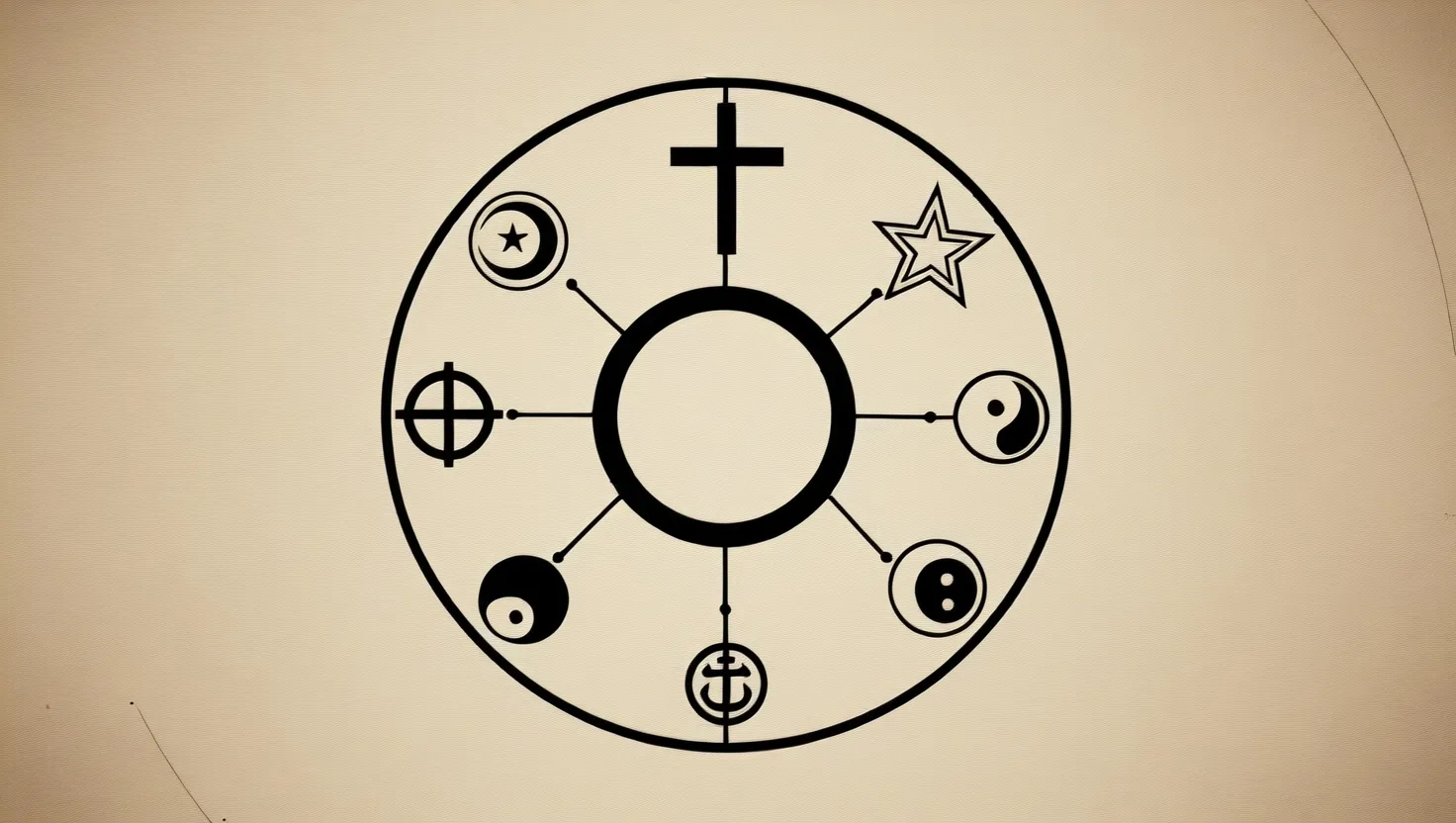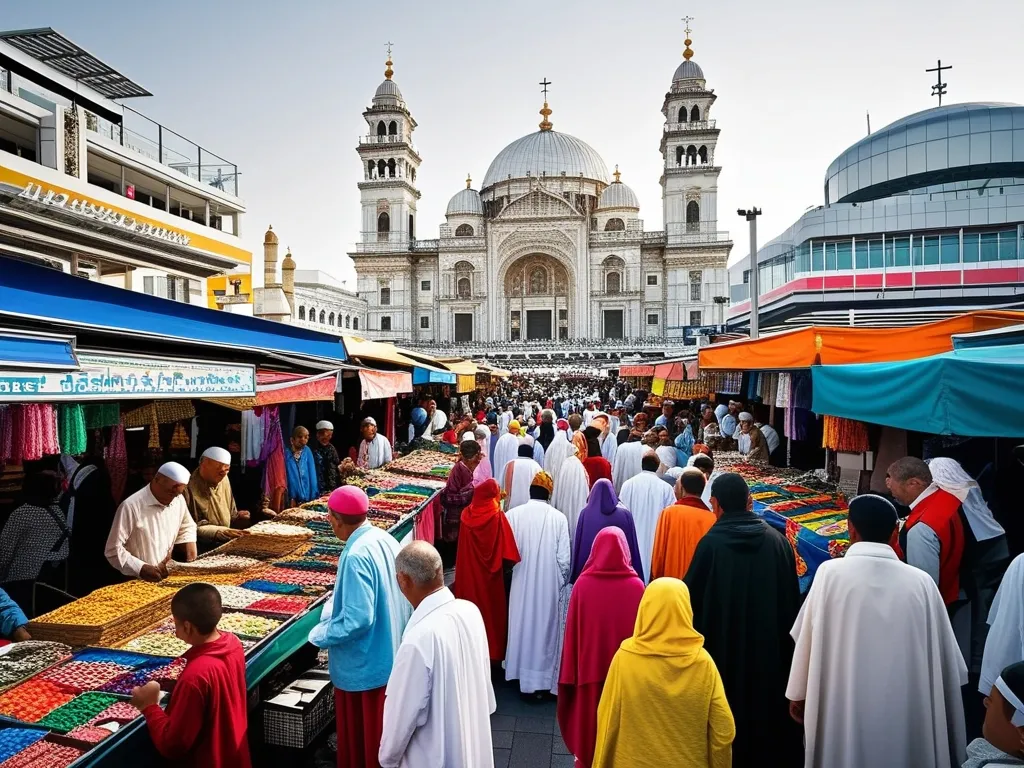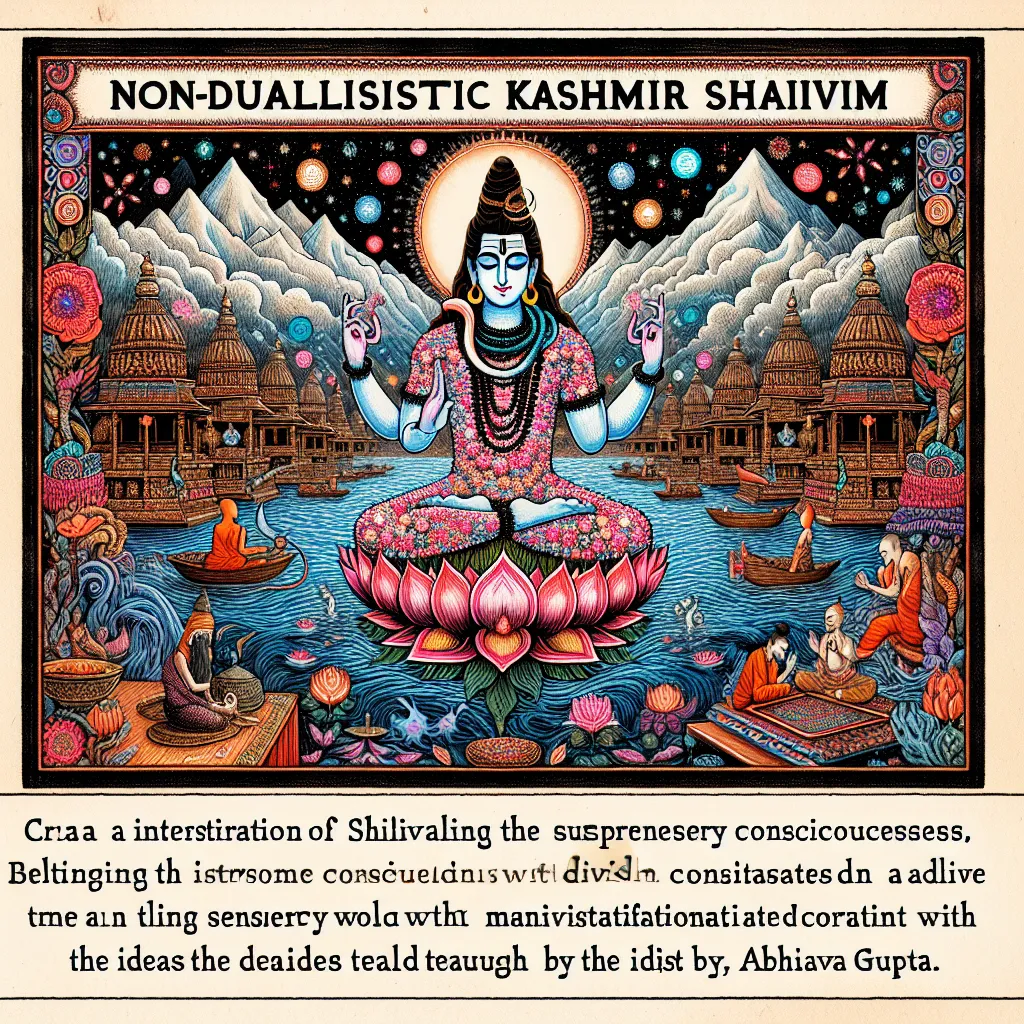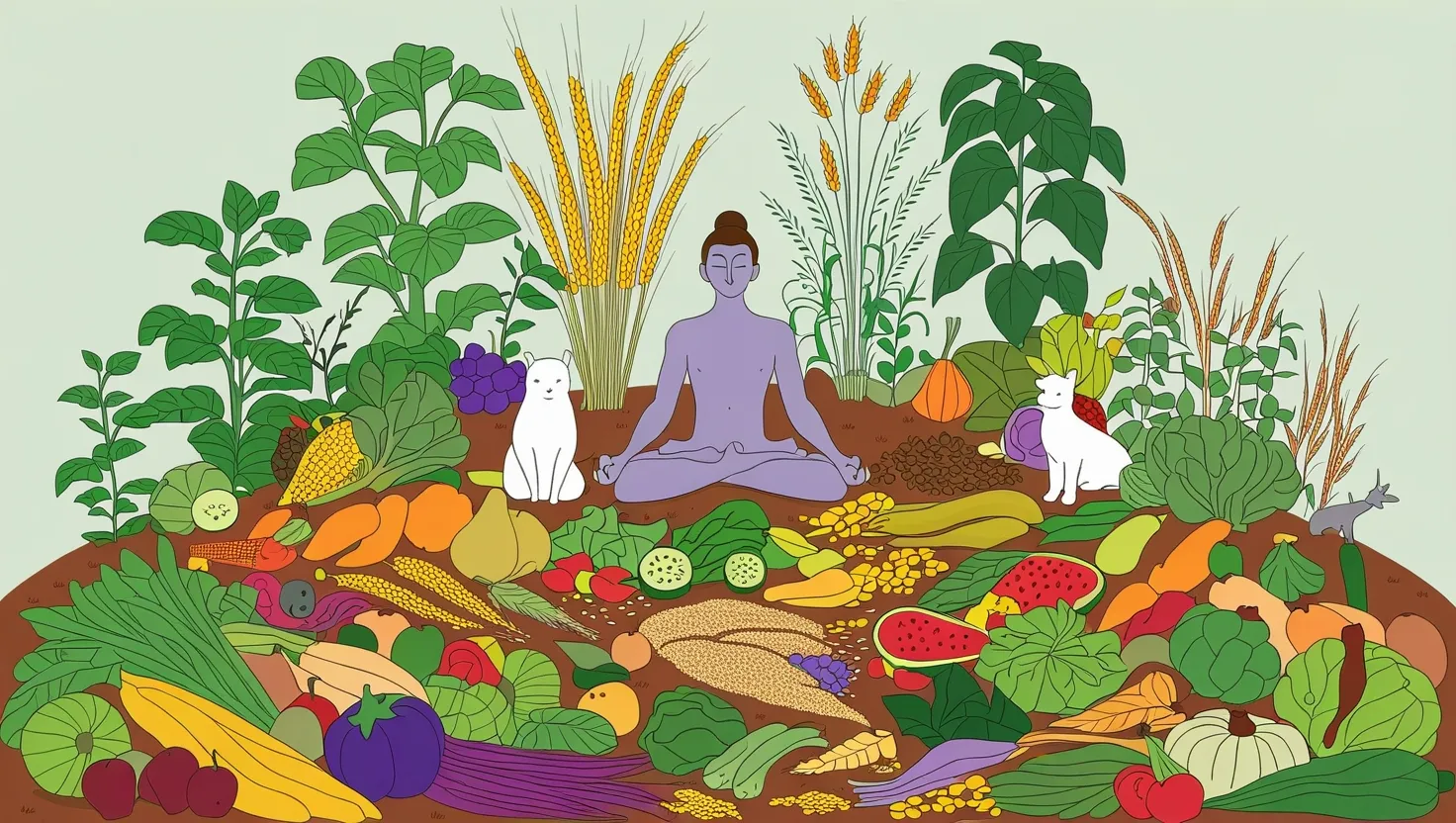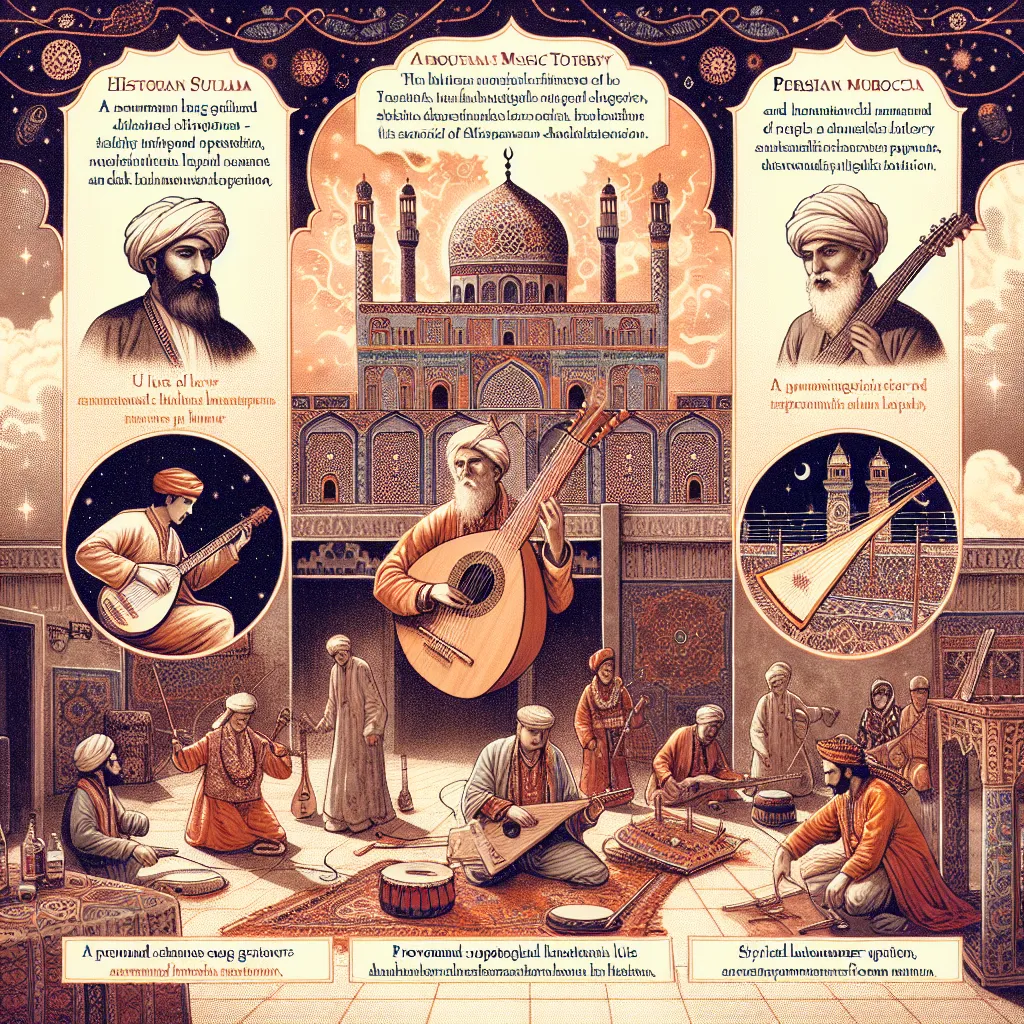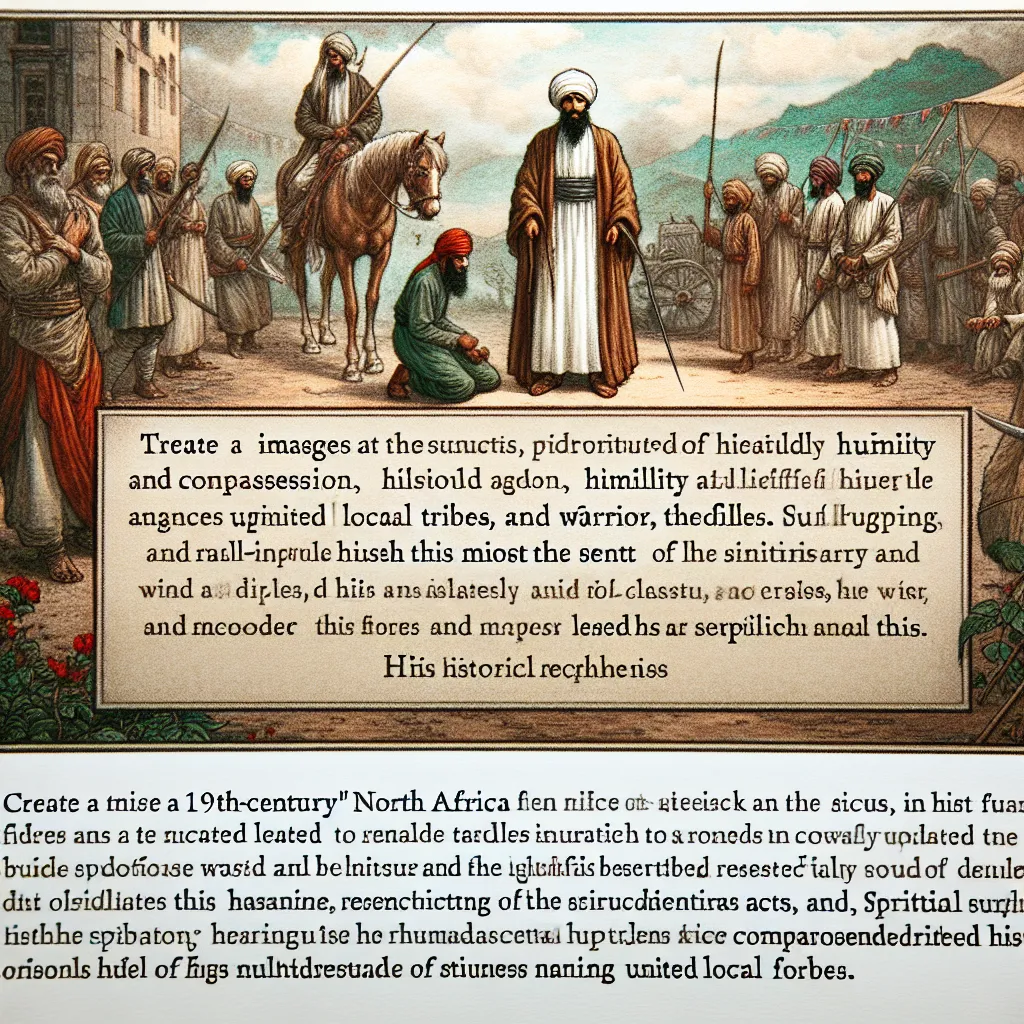When we think about religious symbols, we often focus on their immediate, surface-level meanings. However, these symbols are more than just visual representations; they are gateways to the rich histories, profound philosophies, and deeply personal connections that define various faiths around the world.
Let’s start with one of the most recognizable symbols in Christianity: the Cross. At its core, the Cross represents the crucifixion and resurrection of Jesus Christ, an event that is central to Christian faith. However, the Cross has evolved over centuries, taking on various forms and meanings. For instance, the Chi Rho Cross, also known as Constantine’s Cross, is one of the oldest Christograms. It features the Greek letters “chi” and “rho,” which are the first two letters of the word “Christos.” This cross was significant to Emperor Constantine, who believed it would protect his soldiers in battle and grant them divine favor.
Another lesser-known cross is the Tau Cross, which some historians believe might have been the actual cross on which Jesus was crucified. The Tau Cross draws its inspiration from the Old Testament, particularly from the Book of Ezekiel, where the Tau symbol was marked on the foreheads of those chosen by God. This cross carries apocalyptic and end-times significance, making it a fascinating and complex symbol within Christian iconography.
Moving to Judaism, the Star of David, or Magen David, is a symbol that has become synonymous with Jewish identity. However, its origins are not as ancient as one might think. The Star of David gained prominence in the 17th century, particularly in the Jewish quarter of Vienna, and later became a symbol of the Zionist movement in the late 19th century. It consists of two interlocking triangles, representing the connection between God, Torah, and Israel. In Jewish mysticism, the six points of the star are associated with the six male attributes of God, while the center represents the female attribute, symbolizing a balance and unity that is central to Jewish theology.
The Star of David also has a more existential interpretation, as proposed by philosopher Franz Rosenzweig. According to him, the interlocking triangles represent creation, revelation, and redemption on one hand, and Man, the World, and God on the other. This dual representation underscores the intricate and multifaceted nature of Jewish faith and its symbols.
In Islam, the Crescent Moon and Star are symbols that evoke a sense of faith and divine guidance. While these symbols are often associated with Islamic countries and their flags, their origins are rooted in Ottoman Turkey. The crescent moon symbolizes the Islamic calendar, which is based on lunar cycles, while the star represents the light of faith guiding believers. These symbols are not only visual markers but also reminders of the Islamic faith’s emphasis on time, cycles, and the divine.
Hinduism offers us the Om symbol, which is perhaps one of the most universally recognized symbols across Eastern religions. Om, or Aum, signifies the essence of ultimate reality and cosmic consciousness. It is the sound of the universe, the vibration that underlies all existence. In Hindu scriptures, Om is described as the sound that was present at the creation of the universe and continues to resonate through all of existence. This symbol is often chanted during meditation and is believed to bring the practitioner closer to the divine.
Buddhism introduces us to the Wheel of Dharma, a symbol that encapsulates the core teachings of Buddhism. The wheel represents the Noble Eightfold Path and the cycle of rebirth, or samsara. Each spoke of the wheel symbolizes one of the eight paths: right understanding, right intention, right speech, right action, right livelihood, right effort, right mindfulness, and right concentration. The wheel also signifies the continuous cycle of birth, death, and rebirth, emphasizing the Buddhist concept of karma and the pursuit of enlightenment.
In Sikhism, the Khanda is a symbol that embodies the unity of God and the balance between spiritual and temporal authority. The Khanda consists of a double-edged sword surrounded by a circle, with two swords crossing over the top. The double-edged sword represents the balance between spiritual and worldly responsibilities, while the circle signifies the unity and oneness of God. This symbol is central to Sikh faith, reflecting the religion’s emphasis on both spiritual growth and active engagement in the world.
Lastly, we have the Yin and Yang symbol from Taoism, which represents the interconnected duality of opposing forces in the universe. Yin and Yang are not just opposites; they are interdependent and inseparable, each containing the seed of the other. This symbol teaches us about the harmony and balance that exist within the natural world and encourages us to find equilibrium in our own lives. The Yin and Yang symbol is a powerful reminder of the cyclical nature of life and the constant flux between opposing forces.
These symbols, while distinct and unique to their respective faiths, share a common thread – they are all about connection. Whether it is the connection between God and humanity, the balance between opposing forces, or the cycle of rebirth, these symbols remind us of the deeper meanings and values that underpin our beliefs.
They also serve as focal points for devotion and contemplation. For Christians, the Cross is a reminder of sacrifice and redemption; for Jews, the Star of David symbolizes the enduring connection with their faith and heritage; for Muslims, the Crescent Moon and Star guide them through their spiritual journey; for Hindus, the Om symbol resonates with the cosmic consciousness; for Buddhists, the Wheel of Dharma charts their path to enlightenment; for Sikhs, the Khanda embodies their dual responsibilities; and for Taoists, the Yin and Yang symbolizes the harmony of the universe.
In a world where symbols are often reduced to mere icons or logos, it is crucial to delve deeper into their meanings. These symbols are not just visual representations; they are living, breathing embodiments of faith, history, and culture. They connect us to our past, guide us in the present, and inspire us towards a future filled with meaning and purpose.
As we explore these symbols, we are invited to reflect on our own beliefs and values. We are reminded that faith is not just a set of dogmas or rituals but a rich tapestry of stories, philosophies, and personal connections. These symbols are more than just markers of identity; they are pathways to understanding, unity, and a deeper sense of self.
In the end, it is through these symbols that we find a common ground – a shared human experience that transcends boundaries of faith and culture. They remind us that, despite our differences, we are all connected in our quest for meaning, our search for the divine, and our desire to live lives filled with purpose and significance.
